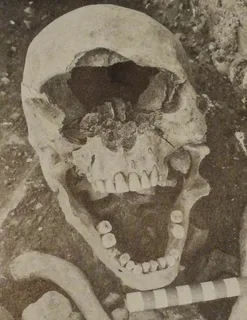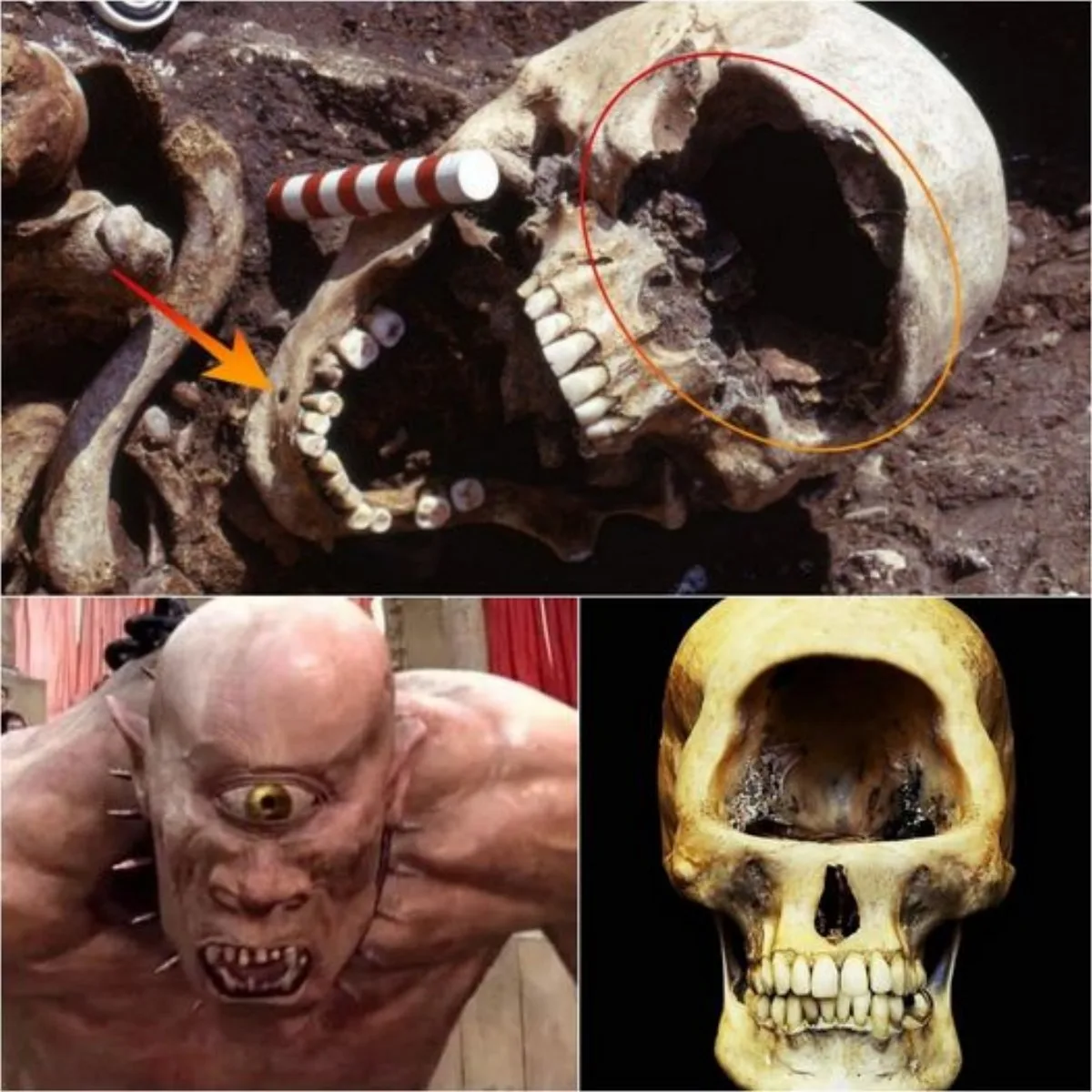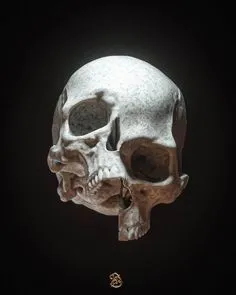Recent archaeological excavations at the New Covent Garden Market in southwest London have unearthed a sobering reminder of the harsh realities faced by ordinary Londoners in the early 19th century. While modern news often highlights current challenges, these discoveries from a burial site dating back to the 1830s-1850s offer a stark perspective on a far more brutal past.

Unearthing Lives of Struggle
At this early 19th-century burial ground, where approximately 100 sets of human remains were found, archaeologists from Wessex Archaeology have uncovered compelling evidence of immense hardship. The bones tell tales of grueling labor, violence, outbreaks of disease—including a possible early “coronavirus” type illness—along with physical deformities, malformations, and widespread cardiovascular disease.
These skeletal remains provide an extraordinary insight into the lives of the working poor during the dawn of the industrial age, painting a vivid picture that echoes the stark social commentaries found in the classic works of Charles Dickens. Many of these individuals could be considered among the earliest “modern” Londoners, their lives marked by relentless struggle.

A Cemetery’s Journey
This specific cemetery was originally connected to the Church of St. George the Martyr. Before the new market was constructed in the 1960s, the site had been partially cleared, with the cemetery moved from its original central London location to Nine Elms. Archaeologists were surprised by the sheer number of graves found beneath what was once a car park, as they had believed the cemetery had been fully cleared decades prior.
Kirsten Egging Dinwiddy, a senior geoarchaeologist at Wessex Archaeology, emphasized the extreme conditions these individuals endured, describing their lives as “a life of hard work and survival.” She noted the dramatic transformation of this part of London from rural orchards to a heavily industrialized environment within just a few years. “Suddenly the world changes and there are horrible factories and gases… Gas plants, huge railway depots, lots of construction sites,” she explained.

The sheer volume of hazardous industries in the area created appalling living and working conditions. Despite this, people flocked there in large numbers, desperate for employment. Most who tried to survive in and around the area would have been classified as poor or very poor.
Individual Stories Emerge
Among the unearthed burials, three offer particularly poignant insights. One remarkable case is that of a woman who suffered from lifelong congenital syphilis, leading to corneal damage. Her skeletal remains also show signs of an intensely laborious life, with evidence of heavy use of her upper arms and shoulders. Tragically, she also bore a broken skull and a wound at the back of her neck, suggesting she was murdered—likely attacked from behind with a knife inserted into her right ear. Egging Dinwiddy also noted she would have had a “less than pretty smile” due to missing front teeth, likely caused by a large cyst.

The high infant mortality rates of the era are starkly evident: approximately 40% of the burials were of children under 12 years of age. One particularly touching find was the coffin plaque of Jane Clara Jay, born March 18, 1847, who died just before her second birthday. She was the daughter of Sarah and George James Jay, a laborer from Nine Elms. While signs of malnutrition were present, her exact cause of death remains unclear.
Legacy of a Market
Today, New Covent Garden Market stands as the UK’s largest fresh produce market, employing over 2,500 people across 175 businesses. It is currently undergoing a significant redevelopment, symbolizing progress built upon the often-unseen history of hardship. The discovery of these burials offers a powerful, tangible link to the lives of those who laid the foundations of modern London, reminding us of the profound changes and struggles that shaped its past.
Note: The original text’s mention of “Giant One-Eyed Skeletons” and “Nephilim” appears to be entirely fabricated and is not supported by the details provided in the body of the article, which focuses on actual archaeological findings related to poverty and disease in 19th-century London. This rewritten version reflects only the verifiable information about the archaeological dig.





